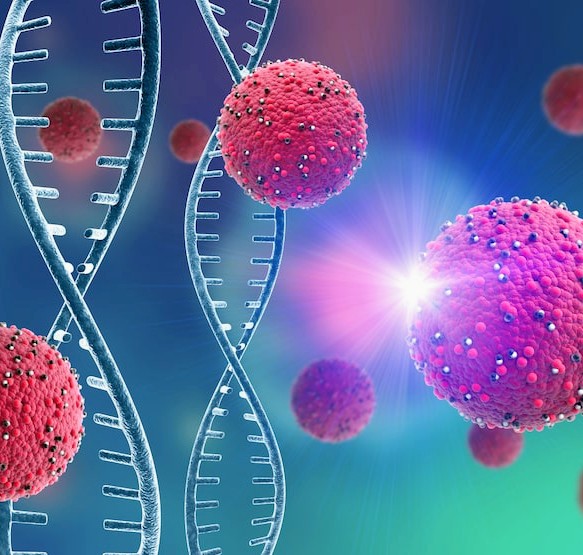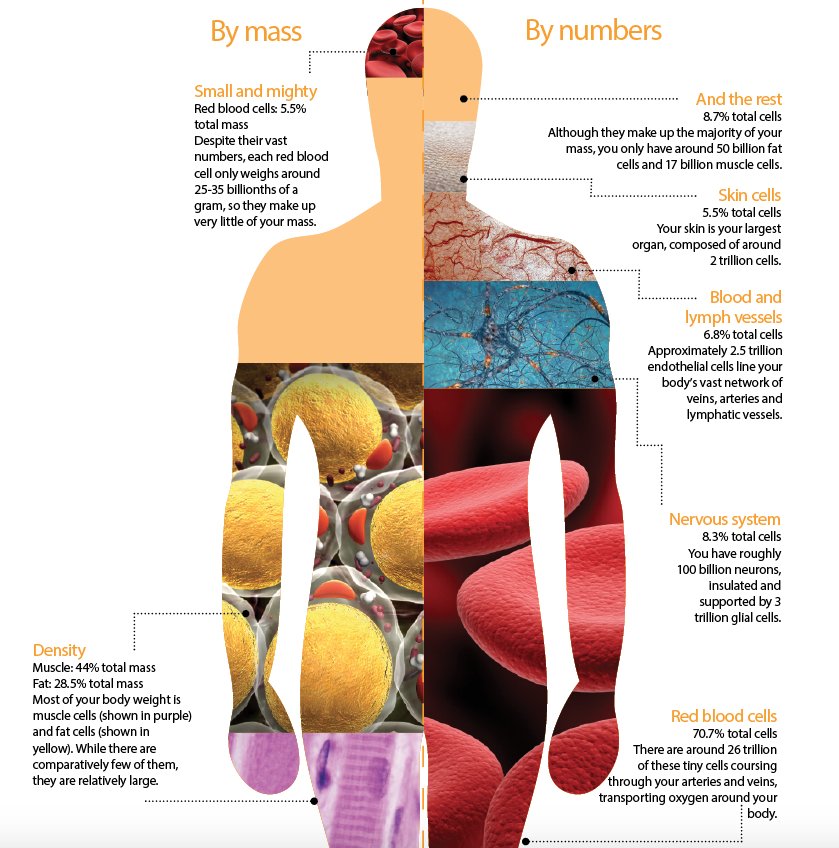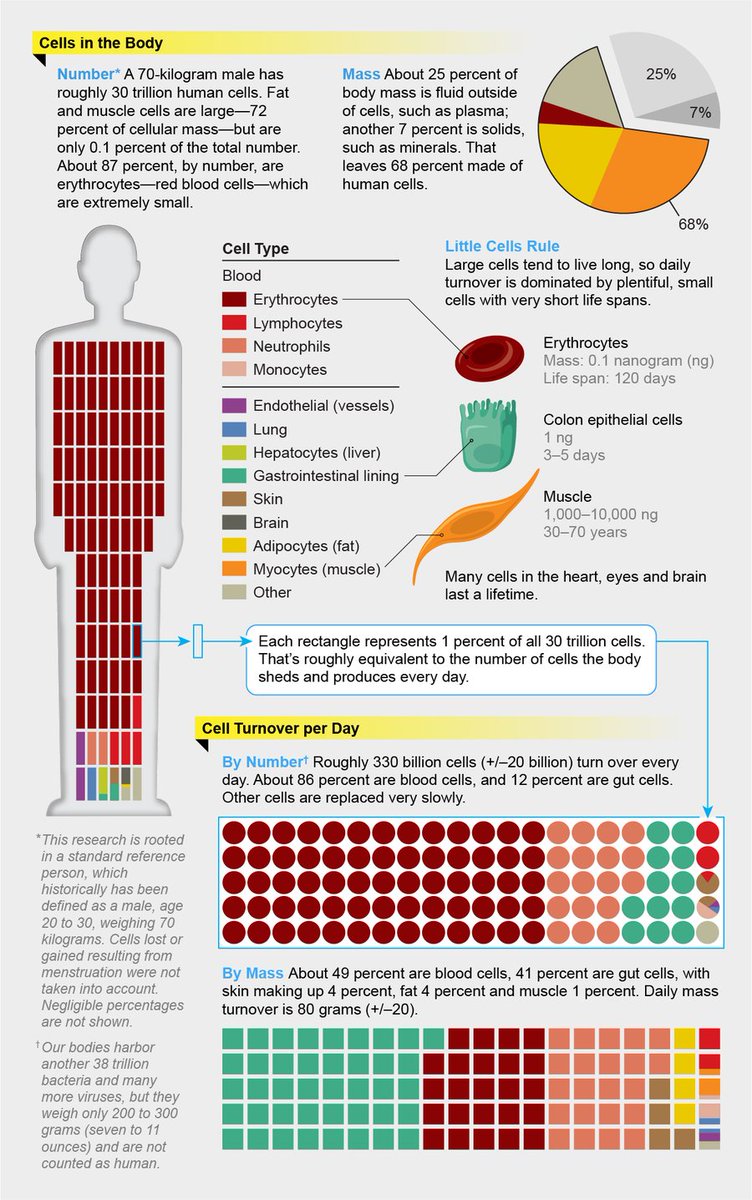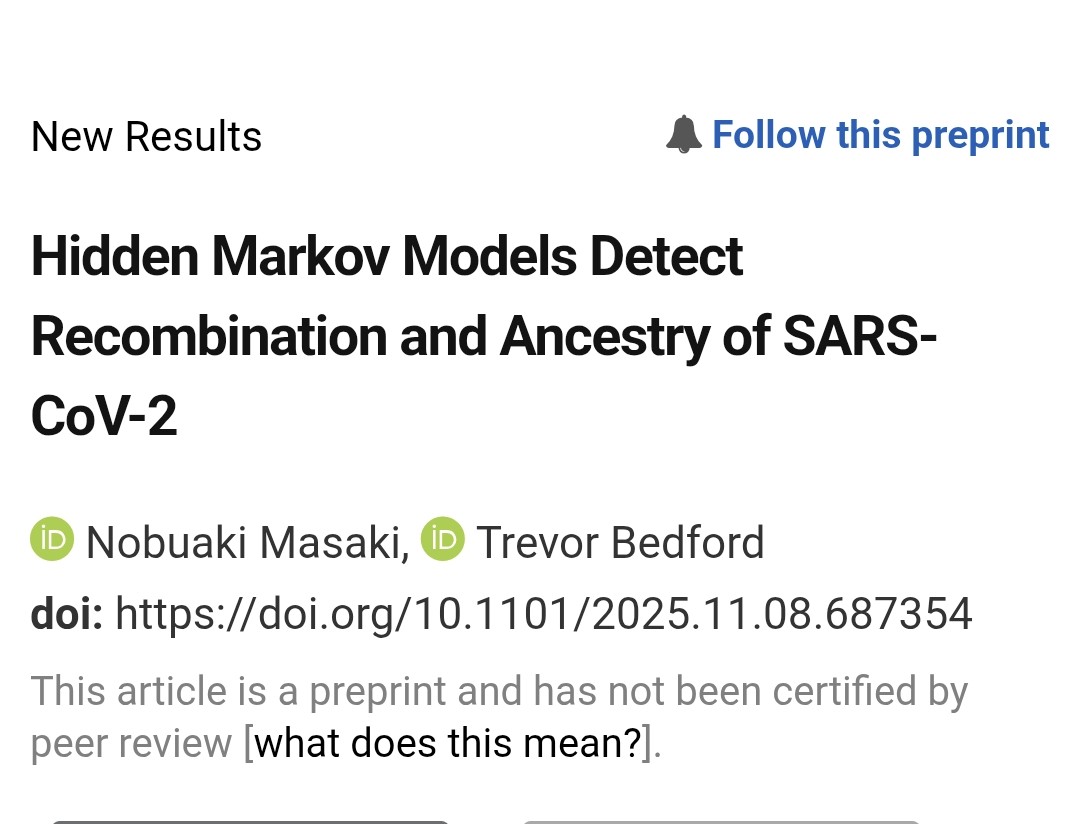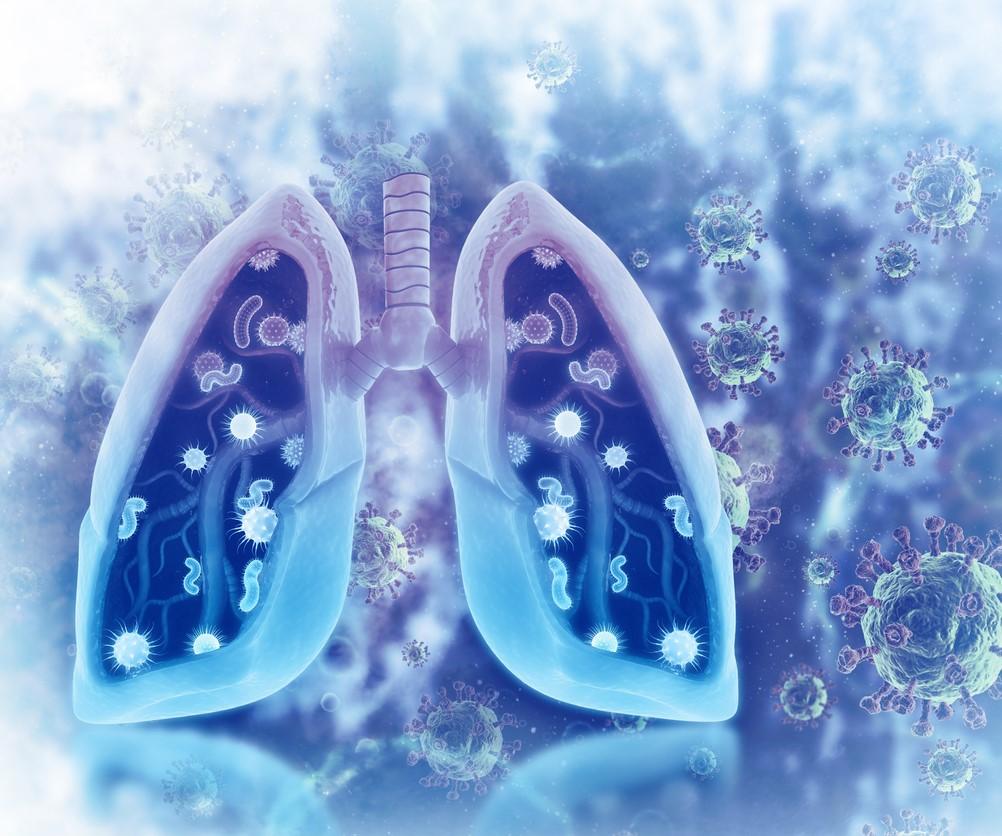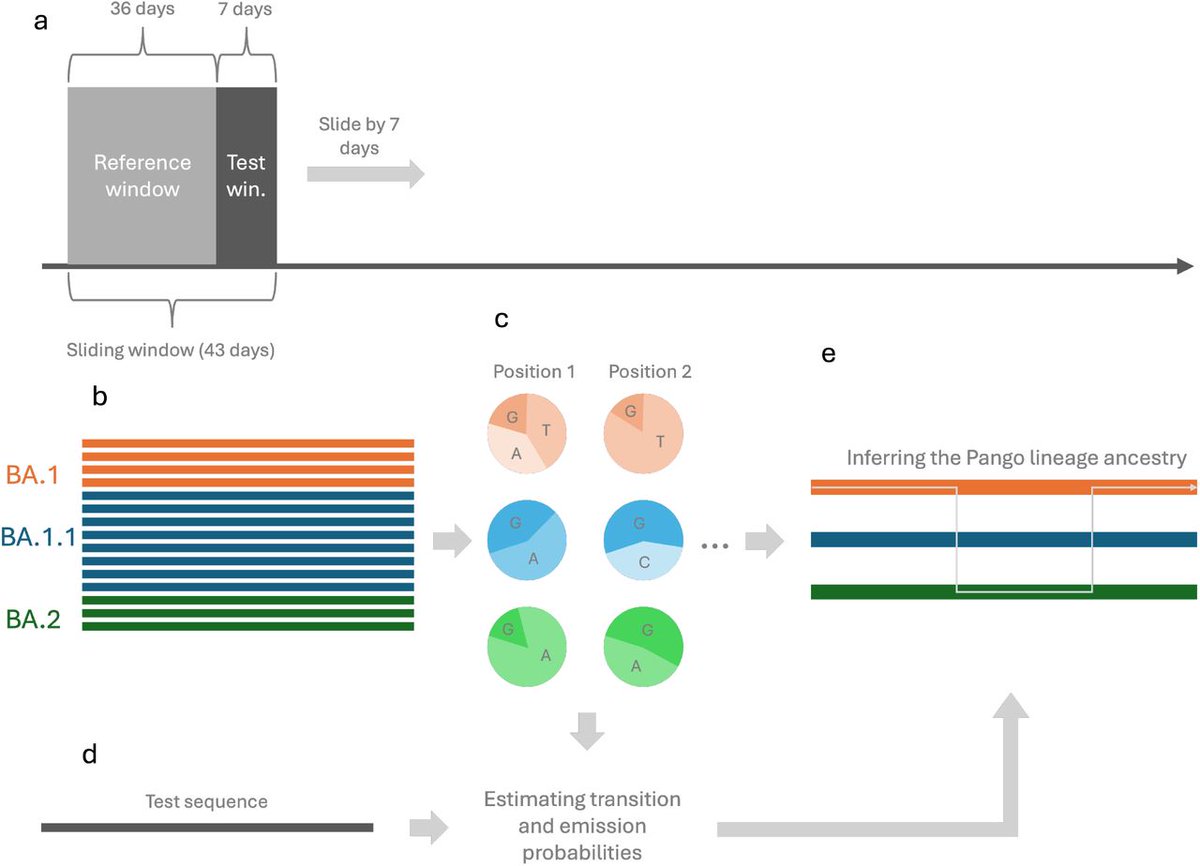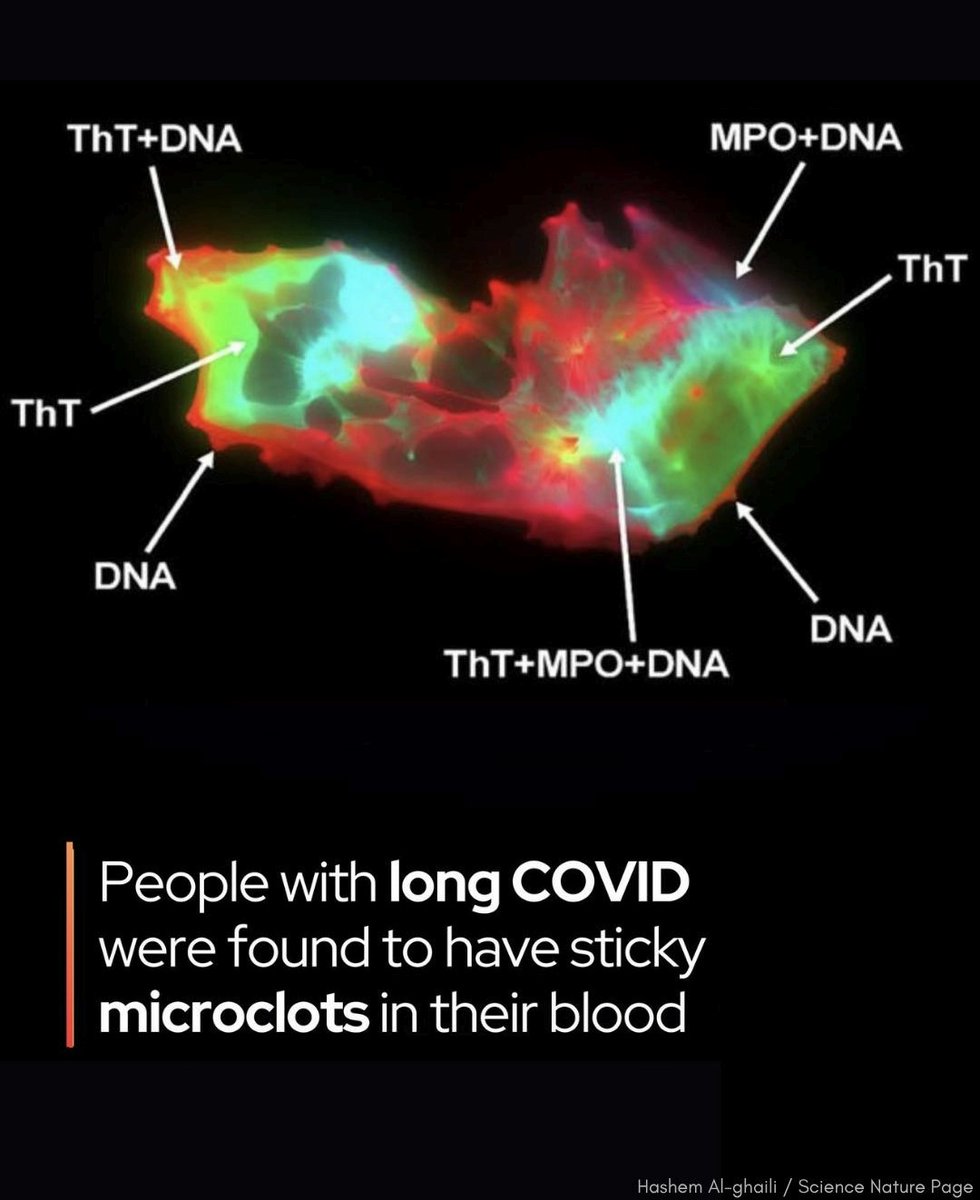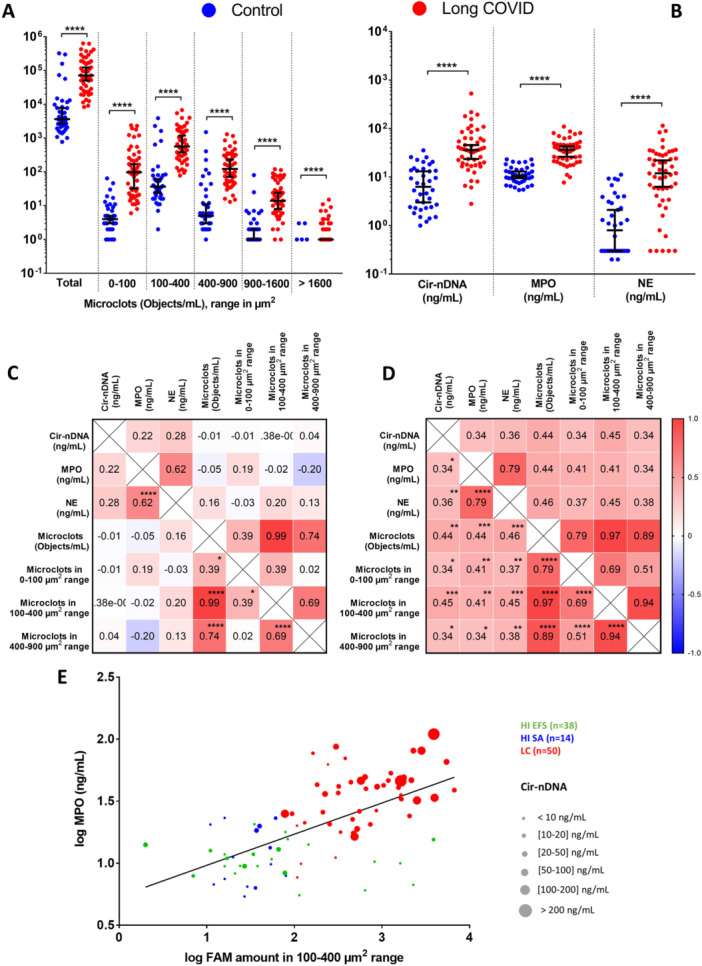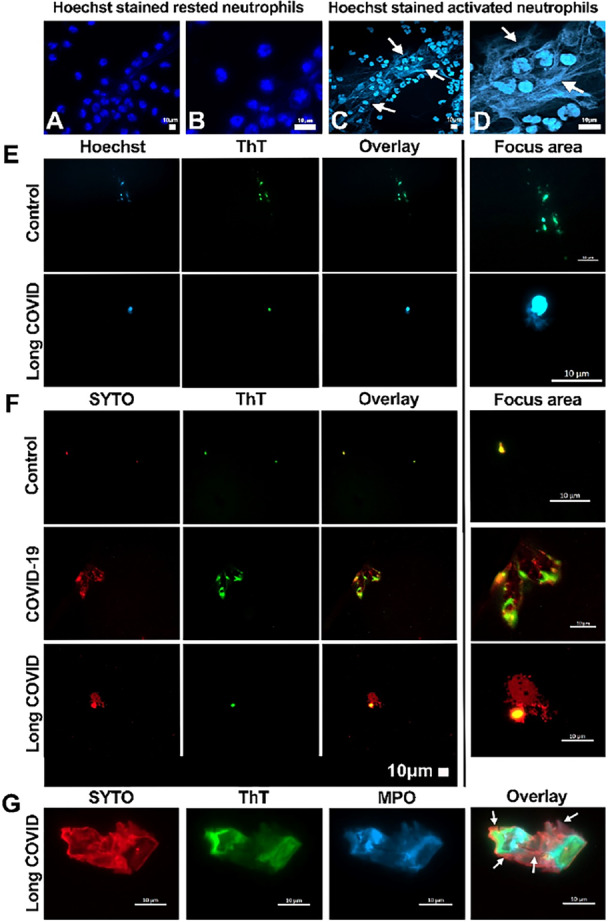WHY SARS-CoV-2 REMAINS the MOST DANGEROUS VIRUS of ALL TIME ?
(🧵 mega-thread)
(🧵 mega-thread)
2) SARS-CoV-2 is considered one of the most dangerous viruses based on the following criteria:
**Transmission Rate**: SARS-CoV-2 has a high transmission rate, with an R0 value that allows it to spread rapidly within populations.
**Transmission Rate**: SARS-CoV-2 has a high transmission rate, with an R0 value that allows it to spread rapidly within populations.
https://x.com/ejustin46/status/1758363685557354763?s=19
3) **Infectiousness**: A significant number of infected individuals can transmit the virus to others, including asymptomatic carriers.
https://x.com/ejustin46/status/1728253491515392158?s=19
4) **Severity of Illness**: The virus can cause a wide range of symptoms, from mild to severe respiratory illness, and it has led to severe health complications in many cases.
https://x.com/ejustin46/status/1891179442862510148?s=19
5) **Mortality Rate**: While the mortality rate varies by demographic, it has resulted in millions of deaths worldwide, highlighting its dangerous nature.
https://x.com/ejustin46/status/1884277245268877442?s=19
6) **Vaccine Availability**: Although vaccines have been developed, the emergence of variants has raised concerns about their effectiveness and the need for booster doses.
https://x.com/ejustin46/status/1854024986161291378?s=19
7) **Treatment Options**: Treatment options are limited compared to other viral infections, and not all patients respond effectively to available therapies.
https://x.com/ejustin46/status/1889778334906622089?s=19
8) **Mutation Rate**: SARS-CoV-2 has shown a capacity for mutation, leading to new variants that can evade immune responses and potentially increase transmissibility or severity.
https://x.com/ejustin46/status/1913128136109142182?s=19
9) **Impact on Healthcare Systems**: The pandemic has overwhelmed healthcare systems globally, leading to increased morbidity and mortality due to resource strain.
https://x.com/ejustin46/status/1850393896473317642?s=19
10) **Societal Impact**: The virus has caused widespread economic disruptions, social isolation, and mental health issues, affecting communities on multiple levels.
https://x.com/ejustin46/status/1868892058099892721?s=19
11) **Long-term Effects**: Many survivors experience long-term health complications, known as "long COVID," which can significantly impact their quality of life.
https://x.com/ejustin46/status/1664315559469629469?s=19
12) These factors show that SARS-CoV-2 is a highly dangerous virus, necessitating continued vigilance and response efforts
🙏 I apologize to my followers for my extended absence. My son and I have relocated from Cannes, France, to Jakarta, Indonesia ...
🙏 I apologize to my followers for my extended absence. My son and I have relocated from Cannes, France, to Jakarta, Indonesia ...
https://x.com/ejustin46/status/1890295580443963535?s=19
13) ... which has been quite a challenge. On a personal note, it was also a wonderful opportunity to embrace life. If you have Instagram, you can catch a glimpse of our exciting adventure through some photos on @emmanuel.0862
• • •
Missing some Tweet in this thread? You can try to
force a refresh


